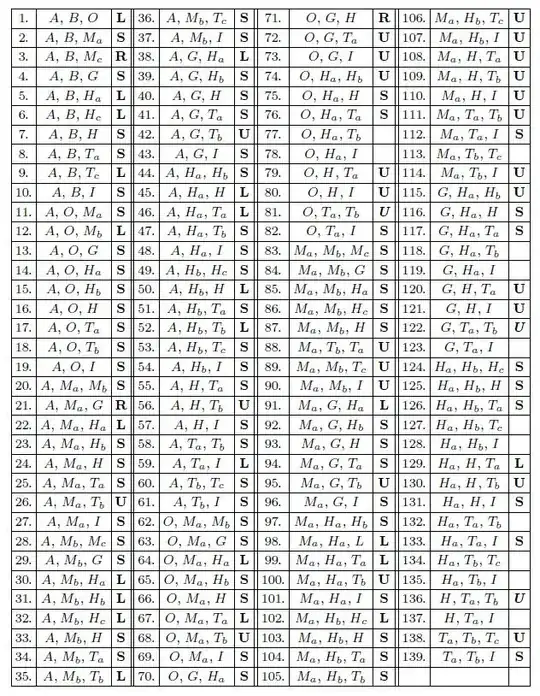What are some (research level) open problems in Euclidean geometry ?
(Edit: I ask just out of curiosity, to understand how -and if- nowadays this is not a "dead" field yet)
I should clarify a bit what I mean by "Euclidean geometry". By this term I mean, loosely, the study of the geometry of certain subsets of Euclidean space $\mathbb{E}^n$ from a point of view which is either the "classical" one (i.e. axiomatic), or one that involves more modern tools, but the problem in question has not to be "clearly" a problem within some other branch of maths such as differential or algebraic geometry, algebraic or general topology, analysis, or measure theory.
Some examples to clarify:
- the study of configurations of lines or affine subspaces is EG; but the algebro-topological study of hyperplane arrangements is not.
- plane conics as defined via their metric property are objects of EG; but "algebraic curves" are not, unless they're defined by some "elementary enough property" (intentionally vague) involving the Euclidean metric.
- root systems of Lie algebras are EG.
- polyhedral cones are EG.
- polytopes are EG.
- tessellations of space with polytopes or analogous objects are in EG.
- minimal surfaces in $\mathbb{E}^3$ are not EG.
- fractal geometry (Julia sets, self-affine fractals...) is not EG.
- not sure about convex bodies. If they're polyhedral I'd say their study fits in EG.
- packings of spheres are EG.
